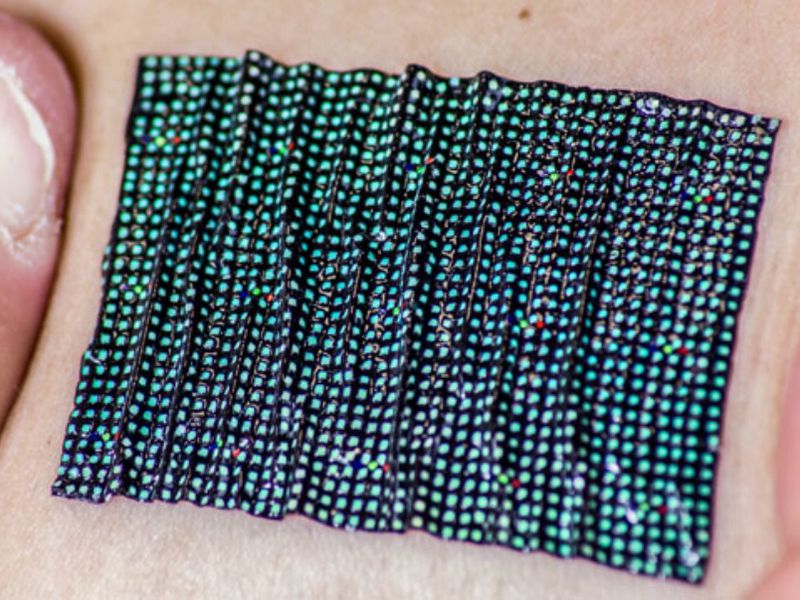A new crop of health wearables aims to keep users hydrated.
You don’t actually need to drink eight glasses of water a day. But, dehydration can have serious consequences—from kidney failure to brain swelling.
Hydration is the new frontier in the health tracker world. Researchers and young innovators are exploring a range of different approaches to tracking hydration—from sensor-packed patches to smart water bottles—hoping theirs will be the one that prevails as we head into a future of hotter summers and longer heat waves. Read more
